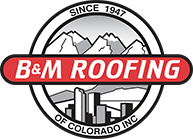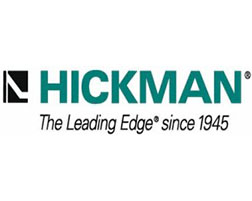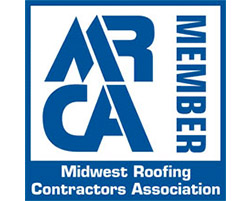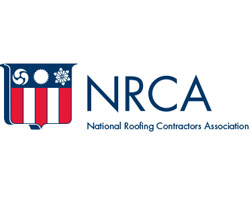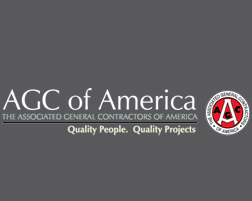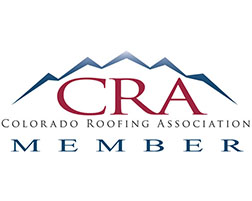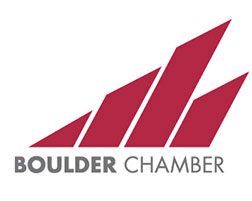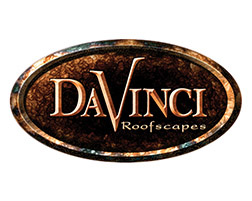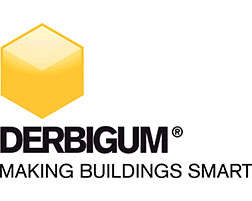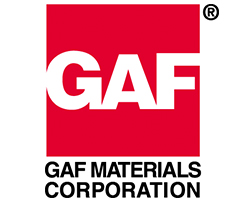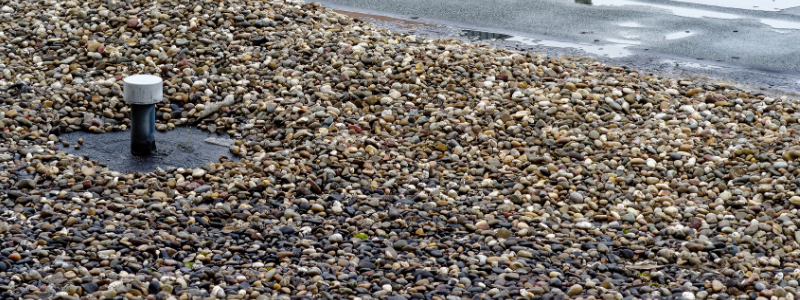
Tar And Gravel Roof Lifespan
Out of all the built-up roofs that can be installed, tar and gravel roofs are some of the best. Tar and gravel roofs consist of built-up tar and gravel, which allows for extreme durability. Even though tar and gravel roofs are so durable, though, they have a very particular lifespan. Just like any other roof, once that roof goes past its lifespan, it must be replaced. By knowing about this lifespan, though, and the signs to look for, you will be able to replace your tar and gravel roof at the right time while keeping it in tip-top shape.
What Are The Benefits Of Having A Tar And Gravel Roof?
Tar and gravel roofs offer a plethora of benefits. Each one of the benefits that tar and gravel roofs offer allows for extreme durability. Due to the affordability that tar and gravel roofs offer, they are an excellent choice of roof if you need something that’s durable and very inexpensive.
Easy to install
Tar and gravel roofs are, compared to many other roofs, quite easy to install. A tar and gravel roof consists of several layers. Setting up these layers and constructing the roof is quite easy, due to the simplicity of the process. But, with that being said, it can be a tedious process, and if you’ve never done it before, hiring a professional is definitely the safest choice.
Waterproof
A tar and gravel roof is completely waterproof. Due to the waterproof nature of tar and gravel roofs, they are great for places where heavy rain is a frequent occurrence. But, along with that, the waterproof nature of tar and gravel roofs allows them to withstand intense weather conditions, such as the frequent snowstorms that Colorado experiences.
Energy-efficient
Every tar and gravel roof is, across the top of its surface, coated in gravel. Sunlight is reflected off of this gravel coating, which prevents the roof from breaking down due to the sun’s intense rays. Since tar and gravel don’t absorb sunlight, either, this keeps the building that the roof is protecting nice and cool.
Low-maintenance
Since tar and gravel roofs are so durable, they are easy to maintain. It is uncommon for tar and gravel roofs to require intense maintenance, due to their durability, and if something is wrong, you can usually tell very quickly. One of the most common problems that tar and gravel roofs experience is that of being punctured, and it’s usually easy to tell if this is the case. This ease-of-maintenance combined with the durability and affordability that tar and gravel roofs offer makes them great for Colorado homes and businesses!
How Long Does A Tar And Gravel Roof Last?
A tar and gravel roof will last, on average, anywhere from 20-years to 25-years. That is a fairly standard lifespan for a roof – asphalt roofs, for example, last around 20 years. The exact lifespan of your tar and gravel roof will depend on a few factors. If you take care of your roof and ensure that it receives proper maintenance on a regular basis, it will last for a long time, making it a great investment.
A tar and gravel roof has an average lifespan of 20 years to 25 years. If you compare that to other roofs – asphalt roofs, for example, you will find that 20-to-25-years is a pretty standard lifespan. It is not as long as the lifespan of tile and slate roofs, to name just two examples, but it’s long enough that you won’t have to replace it with any degree of regularity.
The exact lifespan of your tar and gravel roof will depend on the state of tar and gravel roof. If it is not being inspected and maintained on a regular basis – at least once a year – then it’s very likely that the roof will last for less than 20 to 25 years. But, if it is being inspected and maintained on a regular basis, then it should have no problems lasting for as long as its average lifespan allows for.
Proper Tar and Gravel Roof Maintenance
To maintain a tar and gravel roof, ensuring that it lasts for many years, it’s important to inspect the roof at least once a year. There are two common problems that tar and gravel roofs frequently experience, that it’s important to check for. These problems consist of ponding, which is when water pools up along one part of the roof, and punctures, which are holes in the roof. Both of these problems can be easy to fix, but if they are left untreated, they can easily lead to leakages and roof decay.
Every year, make sure to closely inspect the gravel that lies across the surface of the roof. The gravel that lies across a tar and gravel roof is exceptionally important because it protects the roof from sunlight. If the roofing membrane – the part of the roof that lies underneath the gravel is exposed – has no gravel covering it, then the intense rays of the sun can break down the membrane and cause the rest of the roof to degrade.
- A tar and gravel roof will last 20 to 25 years – that’s a pretty average length for a roof
- The exact lifespan of your tar and gravel roof will depend on its current state
- If it is being inspected and maintained at least once a year, then it should last for a long time
- If it is not, however, then various problems and difficulties can easily arise
- Inspecting the roof once a year, and fixing any problems that come up, is the best choice
- While inspecting the roof, try to notice if there’s any ponding taking place or any punctures along the roof
- The most important thing you need to check for, on any tar and gravel roof, is the current state of the gravel
- If there is not enough gravel on the roof, then you need to add some
- Without the gravel, the roofing membrane is exposed, which can lead to the sun’s rays penetrating the roof and damaging it
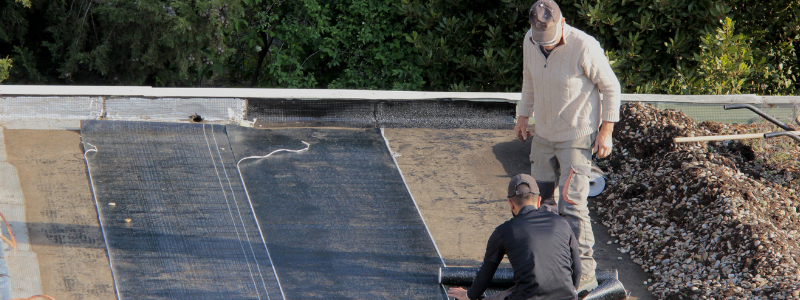
When Should A Tar And Gravel Roof Be Replaced?
A tar and gravel roof will last anywhere from 20 years to 25 years if it is being properly maintained. Past the 20-year mark, though, most tar and gravel roofs begin to show signs of their age, and that’s when they should be replaced. If you have been relying on a tar and gravel roof for less time than that, and it is already showing problems, then replacing it earlier may be a wise choice. Replacing it sooner rather than later is often the best choice since the tar and gravel roof will begin to decay, making it more difficult for it to protect your home or business from the elements.
When a tar and gravel roof isn’t maintained properly, though, it may need to be replaced earlier than 20 years. If there hasn’t been enough gravel on the roof, for example, then part of the roof membrane may have already been severely damaged. This issue will only lead to further decay and rot. In situations like this, it’s often best to replace the tar and gravel roof as soon as possible, since the damage has already been done.
Common Problems with Tar and Gravel Roofs
One of the most significant problems that often leads to a necessary replacement is that of poor installation. A tar and gravel roof must be installed properly because if it isn’t, there are two problems that can easily take place. If the individual layers of the roof aren’t connected properly, then large leakages can form. But, if the layers are connected properly, and the hot tar hasn’t been applied properly, the hot tar may burst into flames and destroy an entire property.
If your tar and gravel roof is reaching the end of its lifespan, it’s time for a replacement. Say your roof has been without gravel or is suffering from persistent punctures, a replacement is ideal. Perhaps your roof wasn’t installed properly, then it must be replaced as soon as possible.
Regardless of your tar and gravel roofing needs, B&M Roofing can help you.
B&M Roofing Are Tar and Gravel Experts
Regardless of your tar and gravel roofing needs, B&M Roofing can help! If you need a tar and gravel roof, would like to replace your current tar and gravel roof, or need an inspection, B&M Roofing is here for you.
For more information on tar and gravel roofs and what you need to know, you can check out B&M Roofing’s other articles!
